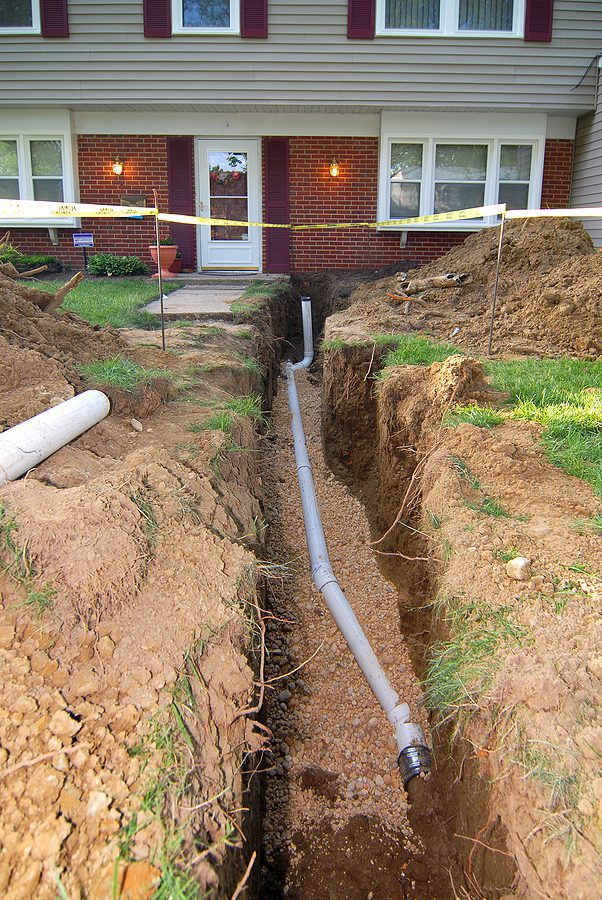
You may already know that your sewer line carries wastewater away from your home to underground sewer mains. That aside, most homeowners don’t think much about their sewer lines until they have some kind of clog.
Just like your drainpipes, your main sewer line can get clogged and lead to sewage backups in your home. If only one toilet, sink, or bathtub is causing trouble, it could only be a stopped drain. If, though, every time you flush the toilet your entire home gets backed up with sewage, the issue could lie with your main sewer line.
If you regularly have to call up a plumber to “snake out” the pipes in your home, it could be signaling something bigger, more serious. Don’t worry, we can clear a blocked or broken sewer line for you, so you don’t have to continue putting “band-aids” on the problem.
Be Careful What You Flush
Because an ounce of prevention is worth a pound of sewer line repair, I’m going to give you some of the most common causes of sewer line failure. The majority of sewer clogs can be avoided just by not flushing objects like facial tissues, napkins and diapers down your toilet. You should also avoid pouring down the drain grease and oil — which is a liquid, but turns to solid when cooled.
Digging in to the Matter at Hand
Tree roots blocking and damaging the sewer line is another common reason for home sewer backups. Even if your yard is largely tree-free, roots from someone else’s yard can be a problem for you. If your house is older, the sewer backup is simply the result of cracked or collapsed lines. Many newer homes use plastic sewer lines, but older homes were built with cast iron and clay piping that can disintegrate over time.
No Reset Button When It Comes to Sewers
As for your sewer line, my best advice to you is to take a proactive approach. Frequent backups and damage to your sewer line may appear to be a stick-it-on-the-backburner situation; don’t do it! The last thing you want is for raw sewage to backup into your bathtubs and sinks, which is not only unpleasant to go through but can also cause a lot of property damage.
Warning Signs
How do you know if your sewer line is damaged?
A few red flags are stink odors emanating from drains, slow drainage, gurgling pipes and other fixtures attached to your main line that caused water backup to appear in spaces like toilets or showers. If you see any of these symptoms, contact us immediately.
When there is a problem with your sewer line, it usually means serious repairs need to be made, including digging your yard up and let’s be real, creating quite a storm in the process. So if it comes to that, know you’re in good hands. We’ll try to resolve the issue properly and restore you to your daily life as quickly as possible.”

